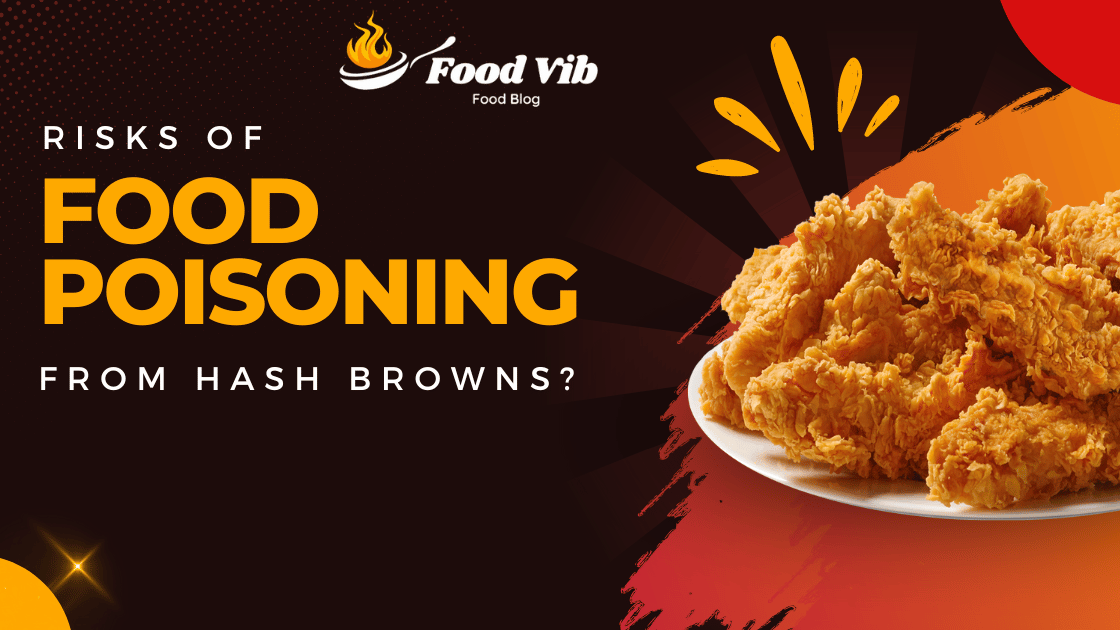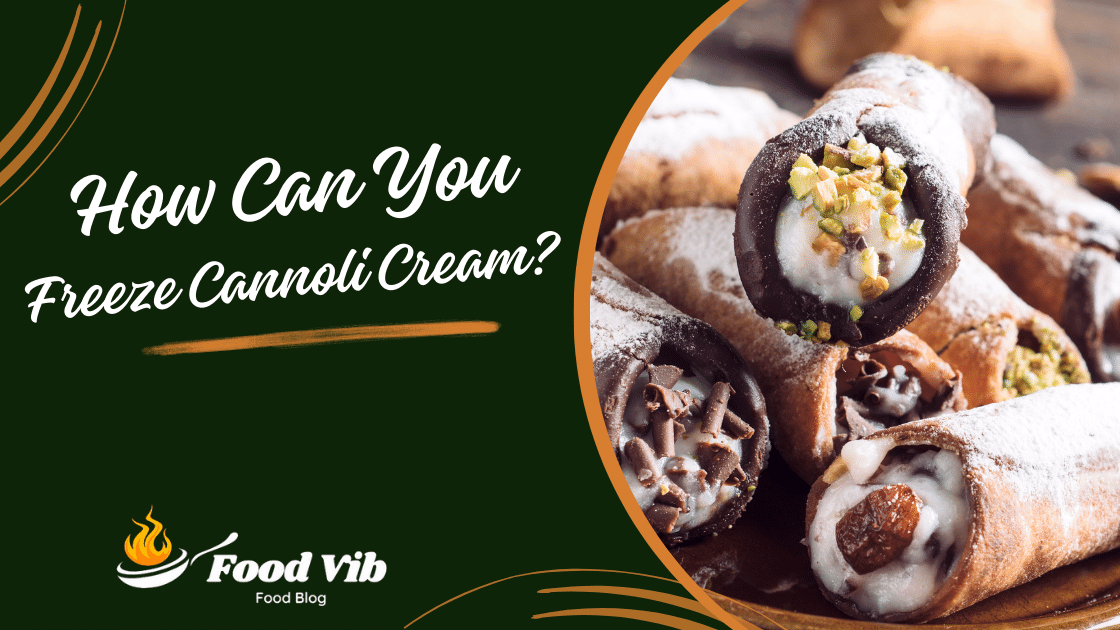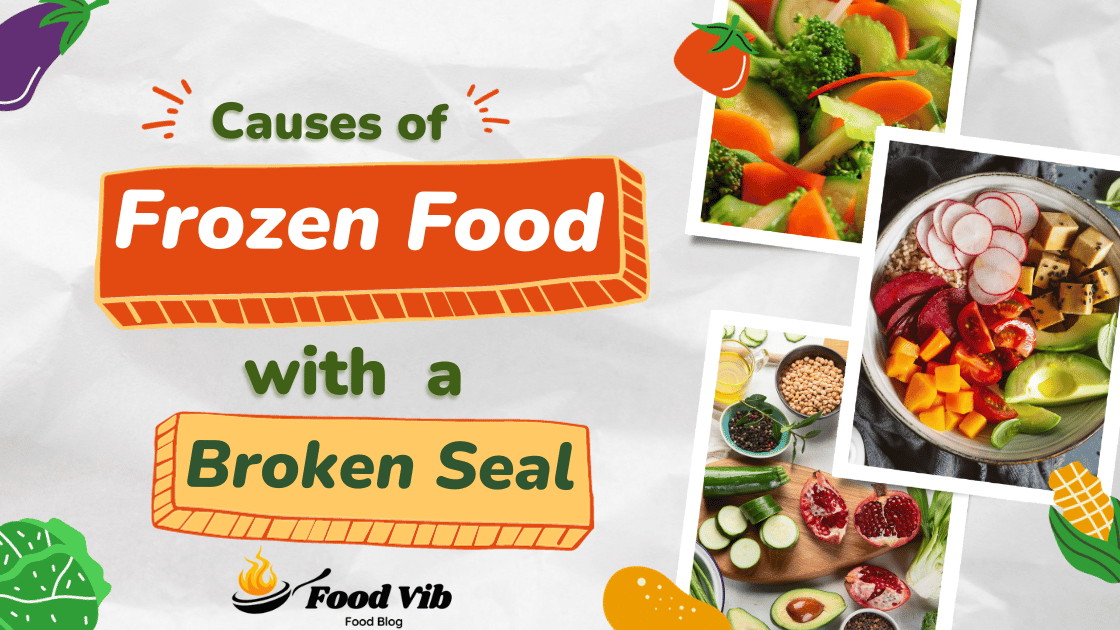How Long Do Hawaiian Rolls Last? Get the Facts Here
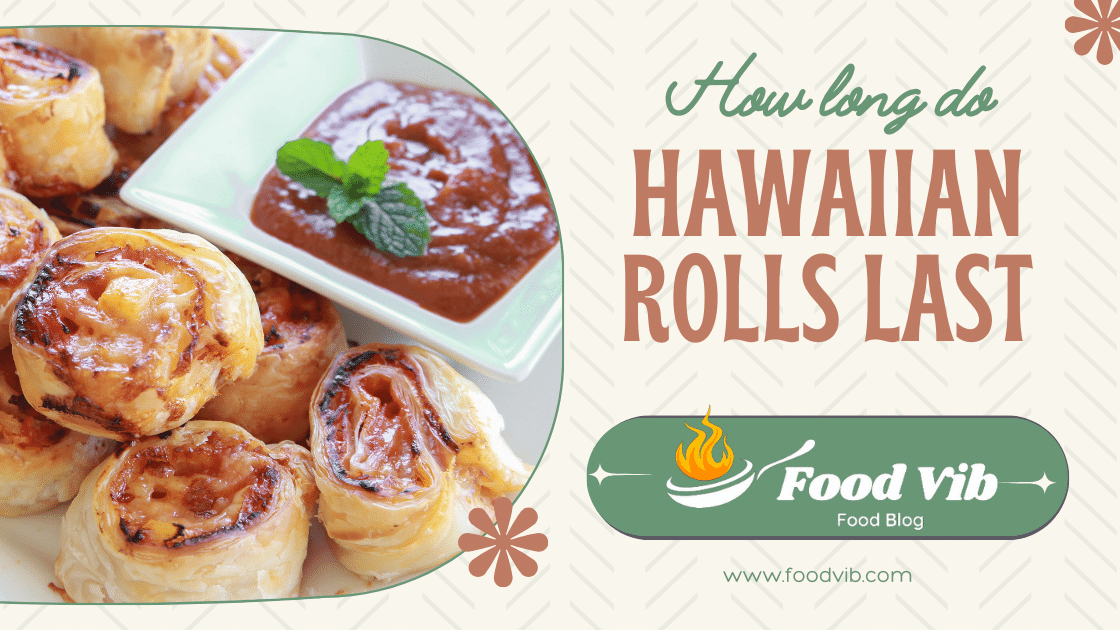
Hawaiian rolls, with their sweet, soft texture and seductive taste, are a favorite option for many occasions, from informal parties to holiday feasts. However, like any perishable food item, it’s crucial to know how long Hawaiian rolls will last to maintain their freshness and safety for eating.
Understanding correct storage techniques and variables that impact shelf life will help extend the longevity of these scrumptious rolls, enabling you to enjoy them at their finest. Let’s look into the facts of how long Hawaiian rolls normally survive and how to keep them fresh for as long as possible.
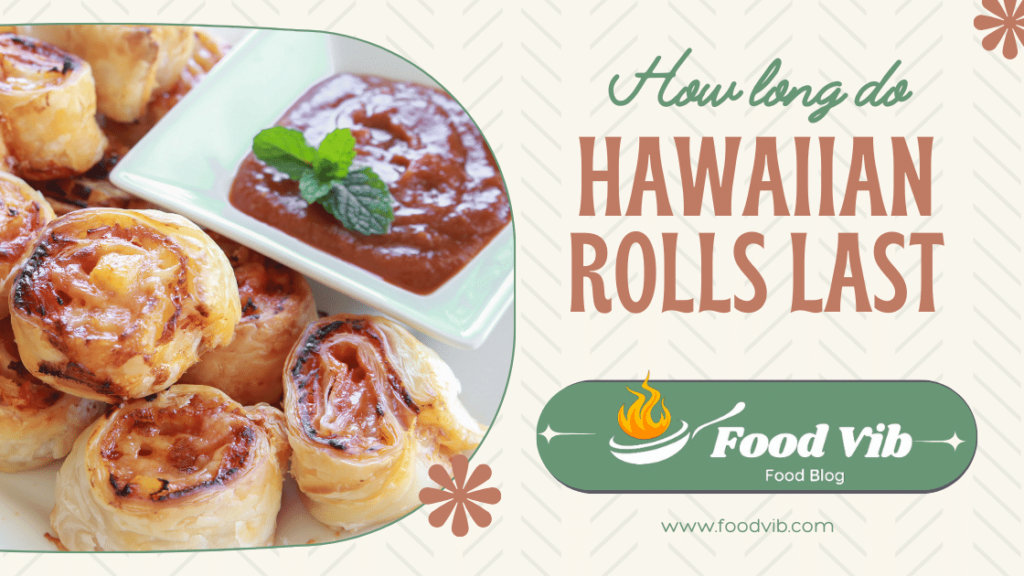
10 Tips and Tricks to Make Hawaiian Rolls Last Longer
Nothing is more frustrating than seeing Hawaiian rolls go bad too quickly in our effort to fully enjoy their delicious flavor. Have no fear—we’ve put together an extensive tutorial on extending the shelf life of Hawaiian rolls. In addition to ensuring that your rolls stay fresher for longer, these ten tips and tactics will also make sure that every time you reach for one, it feels soft and fluffy.
1. Storage Matters
Storing in airtight containers
The first step in keeping Hawaiian rolls fresh is appropriate storage. Your secret weapon against staleness is airtight containers. Remove the rolls from their original packing and place them in a tight container to keep the moisture and texture within and protect them from the air.
Refrigeration strategy
Although it would be tempting to keep them at room temperature, refrigerated storage can greatly increase their shelf life. But watch out for moisture accumulation. In order to prevent this, stuff a paper towel inside the container to absorb any extra moisture and keep your rolls perfectly baked.
2. Freeze for Longevity
Freeze your Hawaiian rolls for a longer-lasting preservation technique. When you want to store up for the future or have an excess, this method is beneficial.
Freezing Process
Make sure to create a tight seal by wrapping a batch or individual rolls in plastic wrap. As much air as you can should be removed before placing them in a freezer-safe bag. For simple tracking, put the date on the label. Thaw them at room temperature or in the refrigerator before serving.
3. Use of Bread Box
Purchasing a specific bread box may significantly improve the freshness of your Hawaiian rolls. These cages provide the perfect atmosphere for maintaining the softness and taste of the rolls by controlling temperature and shielding them from light.
4. Avoid Direct Sunlight
Light from the sun may hasten the staling process, stealing the lovely freshness from your Hawaiian rolls. To preserve their flavor and texture, keep them away from heat sources and direct sunlight.
5. Quality Sealing Techniques
Make careful to completely reseal the original package before using airtight containers or a bread box. To keep air out of the bag and preserve the quality of your rolls, fasten it firmly using rubber bands or clips.
6. Controlled Room Temperature
Hawaiian rolls must be kept at a constant room temperature to ensure their longevity. Temperature variations may cause moisture to build up and alter the texture. Seek for a dry, cool location, and away from extreme temperature swings.
7. Reviving Stale Rolls
Even with the best of intentions, rolls may sometimes get less fresh. Fear not, as there’s an easy way to resuscitate them. After a few minutes in a preheated oven, the stale rolls will come out warm, tender, and just as delicious as before.
8. Strategic Purchase Quantities
Try purchasing your Hawaiian rolls in smaller amounts to make sure you eat them when they’re at their best. By doing so, you’ll consume them before staleness becomes a problem and ensure a steady supply of freshly made rolls.
9. Optimal Humidity Levels
Extending the shelf life of Hawaiian rolls requires maintaining a balanced humidity level. Mold may grow in an environment with too much moisture, whereas staleness can spread quickly in one. You can savor your rolls longer if you can find the sweet spot.
10. Innovative Recipe Transformations
Use your imagination if you have any leftover Hawaiian rolls that are about to go bad! Turn them into delectable dishes like French toast, croutons, or bread pudding. This helps you appreciate the tastes in novel and interesting ways while also cutting down on waste.
Conclusion
You’ll become an expert at keeping your Hawaiian rolls fresh by using these ten tips and tactics. Whether you use freezer bags, airtight containers, or creative recipe adjustments, all of these techniques help guarantee that your rolls stay a delicious treat for a long time.\
Must Read: Can we Freeze Papa John’s Pizza if yes then How
FAQ (Frequently Asked Questions)
Can you provide a brief history of Hawaiian rolls and their origin?
Robert Taira, who opened King's Hawaiian Bakery in Hilo, Hawaii, in the 1950s, is credited with inventing Hawaiian rolls. The Portuguese sweet bread that immigrants brought to Hawaii inspired the recipe, which Taira modified to produce the now-famous Hawaiian rolls.
How long have King’s Hawaiian rolls been in existence, and are they still made using the original recipe?
Robert Taira founded the bakery in the 1950s, which is when King's Hawaiian rolls first appeared. Even though the business has expanded, they still make Hawaiian rolls according to a modified version of the original recipe, which preserves its distinctive flavor and texture.
What makes Hawaiian rolls special in terms of taste and texture?
Hawaiian rolls are unique because of their soft texture, subtle butter flavor, and sweet flavor. Their softness makes them ideal for a variety of cuisines, from sliders to sandwiches, and the addition of sugar and pineapple juice to the dough gives them a particular sweetness.
How long do Hawaiian rolls typically last, and what is the best way to store them for freshness?
Like many bread items, Hawaiian rolls are best eaten shortly after being purchased. It is advised to keep them at room temperature in an airtight container or plastic bag to preserve freshness. Freezing is an option for prolonged shelf life, however it may somewhat alter the texture.
Can you share the key ingredients used in making Hawaiian rolls?
The primary components of Hawaiian rolls include of flour, sugar, milk, eggs, yeast, butter, and pineapple juice. These ingredients help give the rolls their soft, sweet texture.
How long do sweet rolls, in general, last compared to Hawaiian rolls?
The ingredients and recipes for sweet rolls might vary widely. Like Hawaiian rolls, however, they are usually best eaten within a few days. Their shelf life may be increased by freezing them or storing them in an airtight container.
Are there any variations of Hawaiian rolls available in the market, and if so, what are some popular flavors or types?
Yes, there are several kinds of Hawaiian rolls that you can have; some have coconut or other things added to them. Additionally, some versions include savory fillings or are served in slider-sized buns.
Can you provide more details on the cultural significance of Hawaiian rolls in Hawaii?
Although they are not a staple of Hawaiian cuisine, Hawaiian rolls have gained popularity in the area's culinary scene. They are often used at holidays, festivals, and family get-togethers. The rolls are a synthesis of several Hawaiian culinary traditions.
Are there any specific dishes or recipes that are particularly well-suited for Hawaiian rolls?
Hawaiian rolls are adaptable and work well in a variety of recipes. They are well-known for their bread pudding, sandwiches, and sliders. They are a preferred option for both savory and sweet applications because of their delicate and sweet character.


